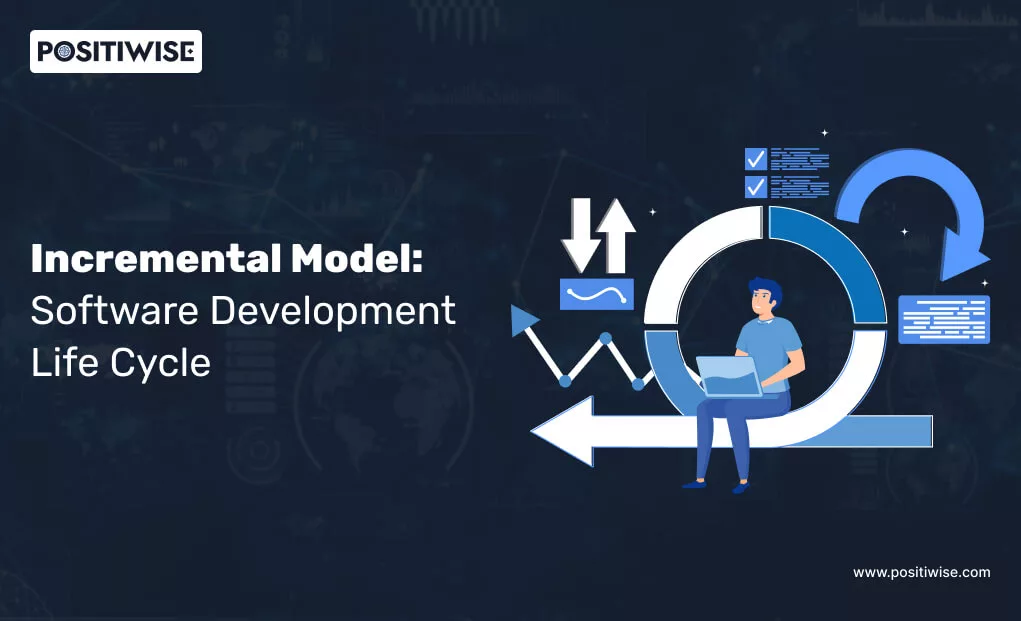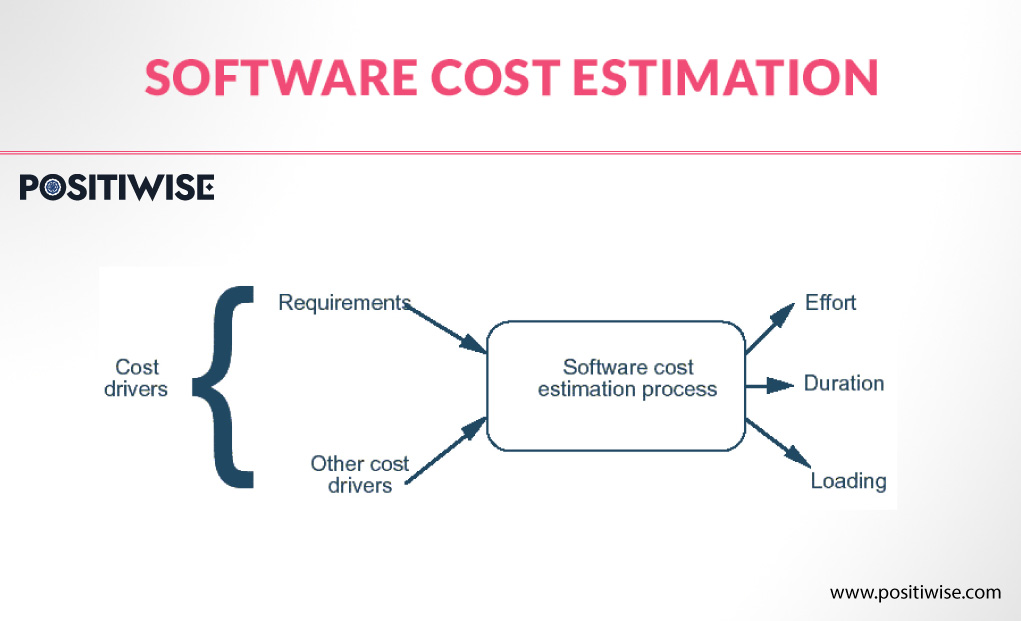Quick Overview:
There are several software development methods to consider while developing a software product, including waterfall, agile, incremental model in SDLC, RAD, iterative, spiral, etc. Nonetheless, there are several things to take into account while selecting a favorite model. These consist of the requirements that must be fulfilled, the organizational structure, the project’s aims, and how it will impact testing techniques. We’ll talk about the incremental development model, a popular method for developing software, in this post. We’ll start by talking about its features, advantages, and operation.
Introduction
The process or methodology chosen for the creation of the software product based on the project’s objectives and goals is known as the software development lifecycle in the incremental model SDLC. The established model will outline the procedures to be implemented for the actualization of these stages as well as the software development process for each iteration level. When selecting a software development model, there are several things to take into account. Such as the goals to be achieved, the organization’s character, and the influence on testing procedures.
The incremental model in SDLC is driving a frenzy in the software business. It is the most generally used software development model, where the software needs are divided into several modules throughout the SDLC. Every module is handled as a subproject that adheres to every stage of the incremental SDLC procedure.
Incremental Decision Making: Understanding What is it?
Making several minor decisions, one following the other, rather than one large one all at once is known as incremental decision-making. The same is true for judgments and assessments. Iindividuals prefer to make several, smaller assessments rather than one big, complex assessment, as they find it simpler to do so. To put it briefly, decisions that are made in little increments, or as micro-decisions leading up to a larger decision, are favored over huge decisions made all at once.
For instance, hiring a professional to handle the interior design of your house may be difficult. Since there are a lot of factors to consider, such as the products, color schemes, and budget, all of which must be decided upon before any work is done. On the other hand, in that situation, doing things one at a time could seem simple. Small choices like opt-in forms, one-time or one-time purchases, trial periods for free, and subscriptions, in the context of consumer psychology, set the stage for a bigger purchase or commitment. Nevertheless, if an advertisement asks a customer to make a big purchase or do a difficult task to achieve a goal, the larger transaction would not happen.
What is the Source of Incremental Decision-Making?
Like other heuristics, relying on the incremental decision-making method is primarily a deliberate activity that minimizes cognitive work. Risk-seeking behavior rises when tiny things are associated with lesser hazards. As less cognitive effort does not strain working memory, it is often recommended.
This effort may be the result of external circumstances, the natural processing capability of consumers. (i.e., beginner evaluations taking time vs. expert fast conclusions), or the extensive nature of the problem or decision. Every stage of a longer decision-making process has less cognitive strain when incremental decision-making is used.
The brain’s attention mechanism narrows the range of options when accuracy and forecasting are crucial since details rather than the overall picture are the emphasis. Since people’s emotions are typically correlated with the severity of the issue. Making big judgments with incremental decision-making lessons their emotional effect.
Explore The Pros and Cons of The Incremental Process Model
Another name for the incremental process paradigm is the consecutive version model. The needs of this model are divided into several independent software development cycle components. Until the intended system is released, several iterations and versions are carried out and sent to the client.
| Pros of Incremental Model in SDLC | Cons of Incremental Model in SDLC |
|---|---|
| Produces software that is functional promptly and early in the software life cycle. | Requires careful design and planning. |
This approach is more adaptable and less expensive to modify in terms of needs and scope. | Before the system can be disassembled and reconstructed piecemeal, it must be fully and precisely defined. |
| Risk is easier to control since problematic elements are identified and addressed throughout the iteration. | It costs more overall than a waterfall. |
Models of Incremental and Iterative Improvement
Incremental design approaches involve repeated cycles carried out over shorter time increments. Yet, their stages are comparable to those of the waterfall model. Agile development has grown more popular among small and large organizations in recent years, and more teams have started utilizing it. This approach breaks down development activities into tiny increments that are finished in a relatively short amount of time using incremental and iterative stages. The fundamental procedures of conventional development methodologies are followed in iterations. The features are worked on a feature-by-feature basis, in brief cycles, with releases made accessible after each cycle.
This strategy is regarded as agile as it necessitates adaptable development and management based on client input and teamwork. Delivering the product rapidly is the main objective in an agile development environment. Regular updates and additions to the program are then made.
How Does Agile Methodology Fits The Iterative and Incremental Development?
The alignment between iterative development and the Agile Manifesto’s ideals is rather evident. It would also be a bad idea for you to exclude your consumers from every iteration. Not every development fits as nicely with the ideals as incremental development does. However, it is difficult to imagine being adaptable to changes in software without modularity. Fundamental components of incremental development are modularity, purpose separation, and dependency minimization. They make it possible for you to make the necessary adjustments based on the iterative process. In summary, you’ll find a method that integrates the greatest aspects of both worlds in an Agile framework.
Incremental Modular Design: Why Use It?
A useful and pragmatic approach to incrementalism, incremental modular design also has the advantage of providing a roadmap for financing and organizing future projects. Human-centered design concepts are integrated into the process of feedback. Empathy, the study of users, ideation, prototyping, and testing to create a positive user experience. With larger projects, it is riskier to attempt new design concepts and respond to customer input. This method works quite well for large-scale non-digital projects. A software upgrade may make a complete redesign of a digital product relatively easy to deploy.
Discovering the Incremental Model Phases
Early on in the creation process, the incremental approach is an iterative procedure that aids in finding and fixing errors.
Specifications and analysis
In this stage, the project’s needs, such as its goals, limitations, and scope, are gathered and examined. In this phase, the project’s general plan and the resources required to finish it are also defined. Before moving on to the next stage, this document is prepared and goes through several reviews and modifications.
Design
During this stage, the project team creates a thorough implementation plan that covers system design, and technology selection. The creation of any prototypes or demonstrations of concepts that may be required.
Programming and implementation
During this stage, the project is put into action by developing the code under the specifications of the final product. To update and improve the quality of the product, the standards for coding must be properly followed, without resorting to needless hard codes or defaults. The designs may now be carried out physically thanks to this step as well.
Test
Using knowledge gathered from the source data, this step involves checking, integrating, and testing all of the system’s components as well as any new features. Every time a piece of code is implemented, it ought to be tested to make sure it functions correctly. After that, the system is put into use in a production setting so that end users may utilize it.
How the SDLC’s Incremental Models Operate
The software is broken up into many modules under the incremental paradigm so that it may be developed and deployed piecemeal. During this time, there aren’t necessarily any long-term goals because the plan just takes the next increment into account. This enables versions to be modified to satisfy user requirements.
The development team builds the system’s core components first during its construction life cycle, then adds additional features in later iterations. After these features are effectively included, they are enhanced by adding more functionality in subsequently released versions, which increases the product’s functions. Every iteration of this process builds on the one before it, using a waterfall paradigm.
Following the collection and specification of the requirements, the development process is split up into many iterations. Version 1 is the first to be generated, and after every successful iteration, version 1 is released to the customer location.
Gradual Modular Design in Technology Manufacturing
The incremental modular design approach in technology design enables us to constantly enhance current features and add new modules and functionalities. Before integrating, each module may be independently developed and tested. This makes the solution more scalable and facilitates simpler maintenance. Piece by piece, each module builds upon the others to tackle complex issues.
The Best Ways to Apply an Incremental Model
Teams should first divide their project into manageable pieces by developing a work breakdown structure (WBS) to maximize the benefits of the incremental model in SDLC. After that, they should arrange their tasks according to priority and choose which tasks to do when. Along with deciding which tasks will be completed at each stage and defining reasonable dates for various work items, teams should also draft a project plan.
Teams should take advantage of this valuable chance to test their ideas and make any required improvements during these evaluations. To monitor their progress and efficiently manage their project, organizations should also make use of project management software and tools. Teams should establish reasonable expectations for one another and communicate well to lower the risks associated with the incremental strategy.
Conclusion
There are several models available for creating software and achieving the intended goals.However, incremental modeling is the only one that completes the expected software objectives. With the incremental paradigm, we take gradual steps toward our goals rather than taking one giant leap. This paradigm is applied when reaching a choice requires a step-by-step procedure rather than being able to do it all at once. This approach is generally used in situations where the requirements are well understood. When the program must operate with 100% correctness. The incremental paradigm is particularly prevalent in software development, where little adjustments can prevent costly mistakes. In the public sector, where significant changes would likely spark public controversy.
This article has addressed the definition of an incremental model in software engineering, as well as its kinds, applications, stages, pros and cons, and when to use them. With any luck, reading this post will help you understand the incremental development of models and help you achieve even more success.
Expert in Marketing Strategy and Brand Recognition
Jemin Desai is Chief Marketing Officer at Positiwise Software Pvt Ltd, he is responsible for creating and accelerating the company’s marketing strategy and brand recognition across the globe. He has more than 20 years of experience in senior marketing roles at the Inc. 5000 Fastest-Growing Private Companies.






